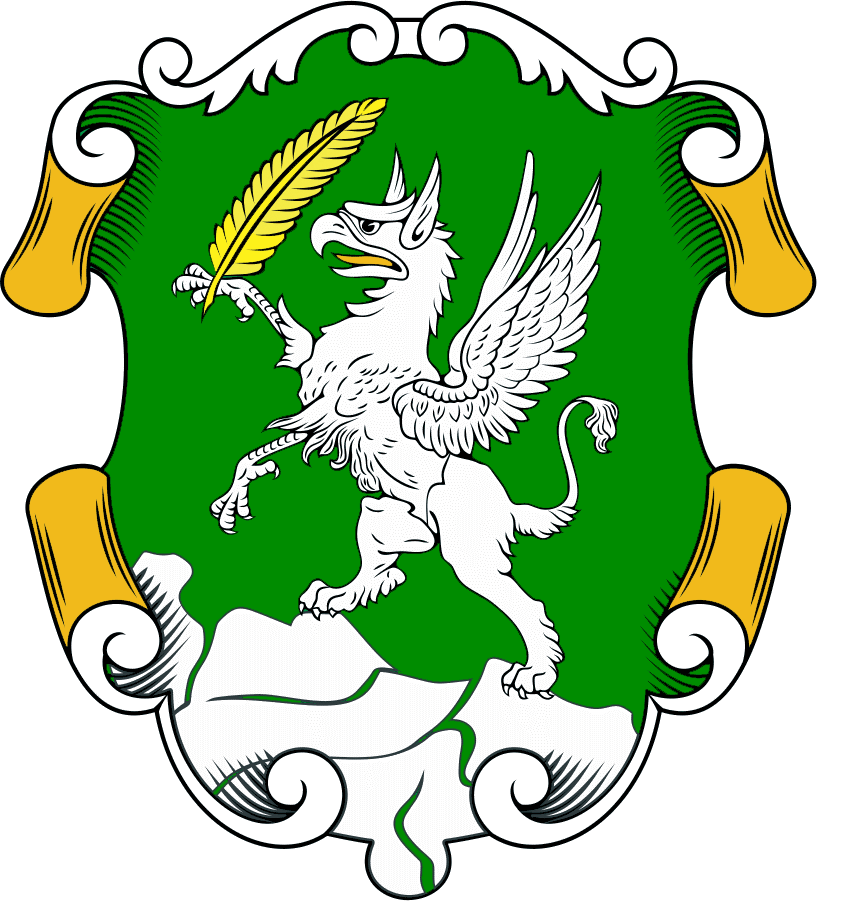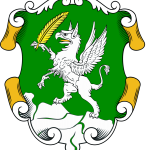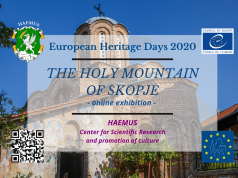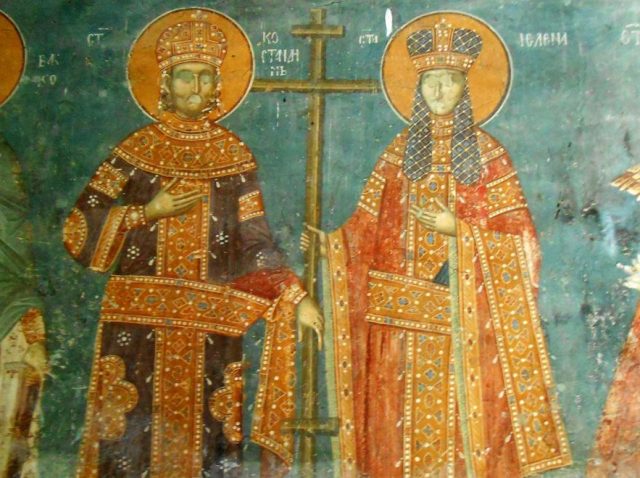
On the grassy slopes of Mount Skopska Crna Gora, or the mountain pastures, as the villagers call them, there is a monastery dedicated to the holy warrior Nicetas. It was built in 1316 upon a commission by King Milutin. The church’s elegant architecture has a cross-in-square plan with a central dome. Another chapel was built to the south at the same time, dedicated to St. John the Baptist but was later destroyed in Turkish times.
The church was entirely fresco-painted around 1324 and was the last work in the brilliant painting career of the great masters Michael and Eutychius. Carried by their three decades of experience, they masterly negotiated the modest space they confronted. Economising on the monumentality of the ornamentation but not on the plasticity of the depictions and without violating the classicistic or narrative principles of their artistic expression, Michael and Eutychius scaled down the dimensions of the scenes and the height of the figures. With supreme sense for space and having profoundly contemplated the arrangement, the painters thoroughly presented the Christological themes, thus breathing theological life into this space and filled it with intimate subtlety.
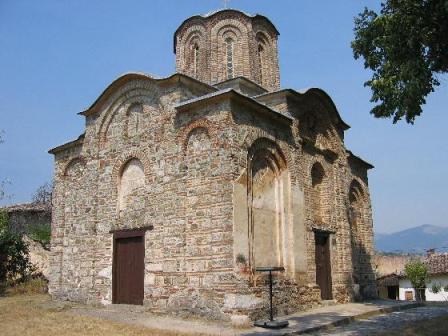
In the first zone of the altar space the suite of holy fathers holds a liturgy for the Lamb, the eternal reminder of Christ’s sacrifice. Above it, attired in a ceremonial sakkos (dalmatic), Christ himself officiates before the apostles, administering the Sacrament by giving them the holy Eucharist, which adds to this scene a new semiotic layer. In line with the basic purpose/symbolism, selected scenes were painted in this space from both the Old Testament prototypes of the Eucharist and the post-resurrection epiphanies in which Christ speaks about self-sacrifice, commemorated in the Holy Liturgy. In light of those post-resurrection events, the theme entitled In the Tomb with the Body, whose textual grounds are in the Liturgy on the prothesis. According to scholars, the depiction of St. Nicetas is a promotional illustration of this topic in Byzantine art. The panorama that involves scenes from the Feasts stretches across the uppermost sections of the walls, the south wall being that which contains most of the better preserved original frescoes. Below it are illustrations of Christ’s Passion, and still below are the scenes depicting the Ministry of Christ. The selection of saints of all ranks who stand erect in the first zone is a visual composition delineating the fundamental level of Christian history. The scenes resemble still frames from a Christological film in which the actors, sometimes caught in energetic movement, have expressionless faces. The illusionistically designed architectural backdrops add to the setting and further emphasise the illustrativeness of the wall paintings. Within this formal framework, the effects of an elegiac atmosphere have been achieved wonderfully. It is beyond doubt that the old masters had assistants when creating the ensemble. It is also beyond doubt that, leaving their signatures, they confirmed their authorship. The painting coryphaei Michael and Eutychius closed their brilliant creative circle leaving behind an atemporal painting material that radiates with melancholy, a melancholy they projected from their souls.
Due to the damage of the upper parts of the church and the devastation inflicted by the elements, some of the frescoes were restored in 1483/4. It was then that most of the scenes depicting the Feasts were repainted, particularly those in the north part, as well as the upper parts of the altar space. In addition, some saints in the ground level zone were also retouched. The depictions of St. John the Baptist and Apostle Peter, which were painted anew, support the scholars’ conclusion that the new painters profoundly admired the earlier paintings and that they masterly conformed to it with their own creative skill. Their effort to parallel the virtuosity of Michael and Eutychius deserves respect. These disciples of the Kastoria school were highly talented painters who, together with the works oftheir coevals from their trade and generation, are suggestive of the birth of new creative enthusiasm in the second half of the 15th century, after the lull during the period when the Turkish rule was being established in the Balkans. In 1846/47, at the time when he worked in the area of Skopje, Dičo – the most productive 19th century icon-painter (who transcended the territory of Macedonia] – created the iconostasis icons and two small icons that are to be reverenced with a kiss. It is likely that the depiction showing the patron St. Nicetas on horseback that once stood on the south façade (which has not survived], was painted at that time. In addition, this was also probably when the dome surfaces were repaired, with the frescoes under which one can now discern the depictions of the prophets painted by the brilliant 14th century masters.
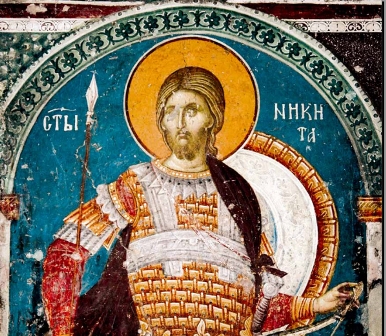
The Church of St. Nicetas, with its chamber-like interior, is a lasting treasury of outstanding decoration, a superb example of the art of the periods during which it was created.
Bibliography:
Барџиева Д., Од иконографијата на црквата Св. Никита, Културно наследство, XIX, XX, XXI, Skopje, 1996, 139-147.
Dimitrovs E., St. Niketas – village Banjani, , Skopje – seven monuments of art and architecture, Makedonida, 2010.
